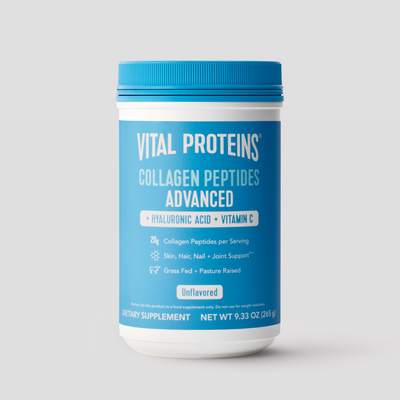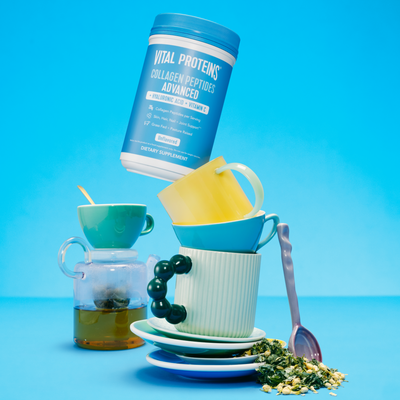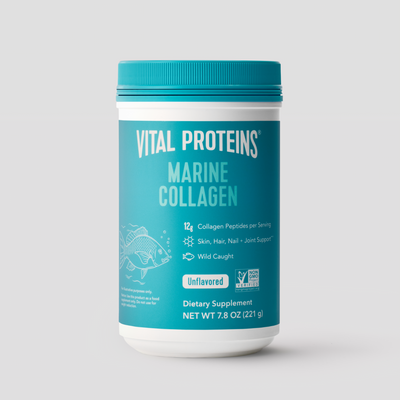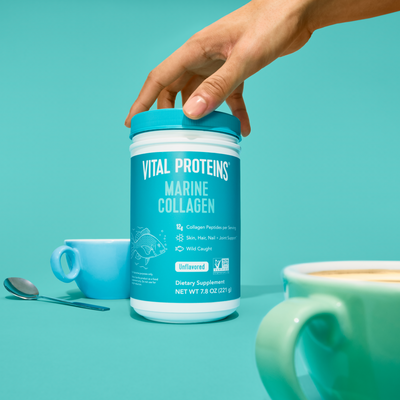By: Whitney Stuart
Whitney Stuart MCN, RDN, is a board-certified dietitian-nutritionist, diabetic educator and award-winning Whole30 Certified Coach. She holds a “real food first” approach through her holistic practice,Whitness Nutrition, which offers full spectrum nutritional assessment, corporate wellness challenges and seminars. Here, she shares her top grocery shopping tips.
Grocery stores have revolutionized! There is a greater selection of health products with an equal amount of health food gimmicks that appeal to us through billions of dollars of targeted marketing. Stay focused and avoid the bright shiny label temptation! Even seasoned advice – like “stick to the perimeter for healthy options” – may be dangerous to follow. I’ve done it and walked right past the produce and straight into the ice cream aisle. I was completely sidetracked from some mid-aisle multi-tasking superfood ingredients. Clearly, an update is needed! Use the following grocery shopping tips to ensure your basket is loaded with the good stuff at checkout.
Don't Go to the Grocery Store Hungry
Can you eat before you go to calm your hunger signals? Super! Oops, find yourself in the produce aisle absolutely hangry? Grab a meat stick or a pack of almonds and yes, eat it! (You are not stealing, you can pay for it at the end.) If you’re stressed, angry, or excited post-work, you’re likely to leave with a basket of comfort food! Mood is a huge factor in the foods we choose. In these situations, it’s best to make, take, and stick to a list before you enter the store.
RELATED: What Does Food Freedom Mean?
Avoid Following a Rigid Grocery Shopping List
Now I sound condescending. Hear me out! If your list says potatoes, but another starch alternative like butternut squash is on sale and it’s seasonal, grab it. For just as much nutrients – if not more, since it’s likely a fresh local option – you’ve let flexibility work in your favor! This versatility not only saves you money but also diversifies your diet to prevent health burnout.
Avoid Nonsense Coupons
“A 50-cent coupon for non-dairy, sugar-free creamer? Ugh, I need this!” I am a sucker for coupons. But now that my neglected back shelf is full of these coupon products, I always ask myself: do you actually eat that coupon food on a regular basis? The answer is, “No, you love Vital Proteins Gingerbread Collagen Creamer and don’t need anything else!” Now, I only pursue coupons that fit my lifestyle and my normal diet! Between Ibotta, Whole Foods, and my Sprouts app, I have enough deals to choose from. But if it’s sugar laden or a sweet treat, you can bet I’m holding off.
RELATED: 3 Popular Health Tips That Aren't Actually Healthy
Be Your Own Advocate
Not all products are the same and with the surge in health awareness, companies are marketing themselves to look more nutritious, even when they aren’t. Watch these categories that tend to go from “eat this!” to “not that!” very quickly.
Oh nuts! To get the most nutrition out of this crunchy fat source, choose an organic version that is sprouted or soaked. This process ensures easier digestion and the removal of harmful phytates. Traditional roasting is usually performed in a low-quality, pro-inflammatory oil at high heats that causes nuts to go rancid quickly. Even dry roasting can denature some of their vital nutrients. Don’t lie to yourself about those dark chocolate-covered versions either; they’re delicious but they aren’t nutrient-rich.
Plant-based milk is all the rage these days! Although all dairy milk has equal sugar per cup (~12g), plant-based milk widely varies. From almond and oat to cashew and hemp, no label must be left uncovered! My recent naive oat milk purchase contained 16g of sugar per serving, eek! A good rule of thumb? If there are added oils and sugar, it is not worth the perceived benefits and there should be less than 5 ingredients if it’s non-dairy.
The yogurt arena boasts plenty of options, from whole milk to Skyr and Greek. Across the board, “light” is a word I aim for patients to steer clear of as they are loaded with honey, sugar, syrup, or fruit to make up for the lack of satiating fat removed. Overall, both Greek and Skyr yogurts with a heavier texture contain more protein and are a better-balanced option. If you love the fruit-on-top yogurts, put a healthier spin on them by adding in fresh fruit. The actual yogurt should contain more protein than sugar (less than 8g).
It’s usually not about what we’re buying but why we’re buying it. Are you hitting up the store after work every day for a candy bar? Are you grabbing a bottle of wine every Friday? Consider the purpose of your grocery basket. Is it for fuel? Are the items in your cart helping or hindering your body’s success? Just some food for thought.

















